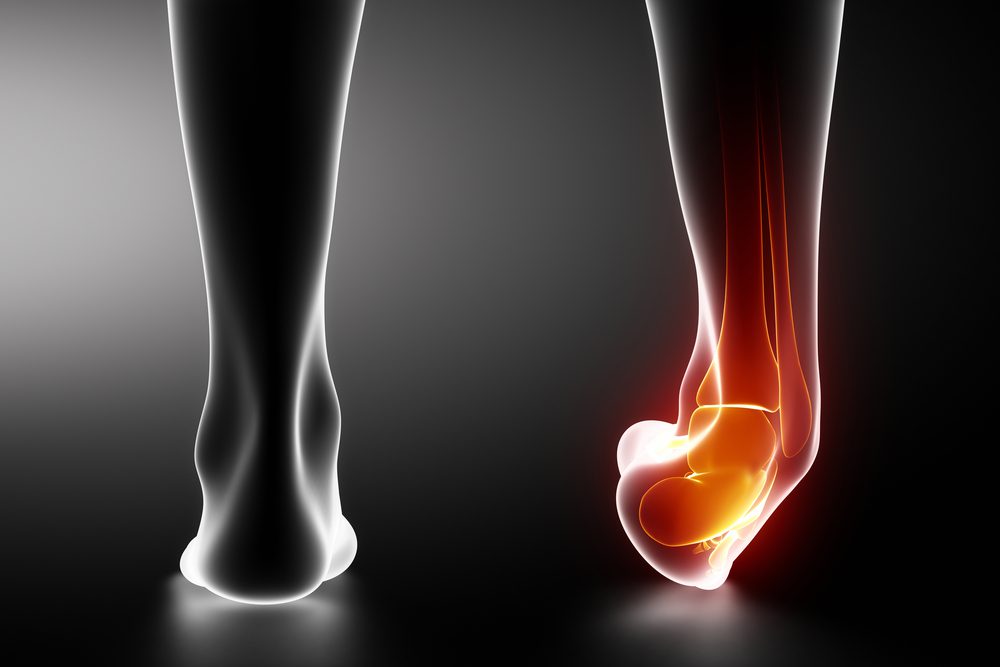An ankle sprain might seem minor, but untreated injuries can lead to long-term mobility issues. When you sprain your ankle, the ligaments stretch or tear, and without proper care, they may not heal correctly. This often creates ongoing problems and increases the risk of future injuries. Seeking appropriate treatment supports healing and helps prevent complications in the future.
What Happens When Ankle Sprains Go Untreated?
An untreated ankle sprain can lead to long-term complications that extend beyond the initial injury. The most common consequence is chronic ankle instability, where the injured ligaments remain weak and loose, making your ankle more prone to future sprains. This creates a cycle where each new injury makes the joint progressively less stable.
Another concern is the development of chronic pain and swelling. When initial inflammation doesn’t resolve properly, it has the potential to become a persistent issue that affects daily activities. Some people also experience reduced range of motion, making movements more difficult.
Over time, the altered mechanics of walking and moving can lead to problems in other parts of the body. Your knee, hip, and back may experience increased stress as you adjust your gait to protect the injured ankle. This added strain can result in discomfort, pain, or even long-term joint issues if not addressed.
What are the Benefits of Early Treatment?
Research shows that early intervention improves ankle sprain recovery. Prompt treatment helps your body heal properly and protects the structural integrity of the ankle joint. It also reduces the risk of excessive scar tissue, which can limit flexibility. Starting care early increases the likelihood of a full recovery. This allows you to return to normal activities without long-term limitations.
What are Some Evidence-Based Treatments?
Rest is the foundation of ankle sprain recovery, but it doesn’t mean complete inactivity. Avoiding activities that cause pain or put stress on the injured ligaments allows healing to progress. Gradually reintroducing movement as tolerated promotes recovery while minimizing further damage. During the initial recovery phase, you may need to modify your daily activities or use assistive devices, such as crutches, to reduce weight-bearing on the affected ankle.
In the first 48-72 hours, ice therapy reduces swelling and relieves pain by numbing the area and constricting blood vessels. As recovery continues, heat therapy may become more effective, improving blood flow and easing muscle tension. Incorporating the R.I.C.E method can support recovery:
- Rest: Avoid activities that aggravate the injury.
- Ice: Apply cold packs for 15-20 minutes at a time.
- Compression: Use elastic bandages or ankle supports to control swelling and provide stability.
- Elevation: Keep your ankle raised above heart level to promote fluid drainage.
Over-the-counter anti-inflammatory medications can help manage pain and inflammation, but they should be used according to the dosing instructions and under the guidance of a medical professional. For individuals with recurring ankle issues or structural foot abnormalities, custom orthotics may provide support and help prevent future injuries by addressing biomechanical issues that contribute to instability.
Taking Action for Your Recovery
Untreated ankle sprains can lead to long-term complications. A medical evaluation after an ankle injury helps determine the most suitable treatment for your specific needs. Every sprain is different, so working with healthcare professionals provides personalized recovery guidance. Addressing your injury now reduces the risk of chronic pain and instability in the future.
- The Diverse Specializations Within Ophthalmologists and Their Impact on Eye Health
- Exploring the Role of Sports Medicine in Injury Prevention
- Understanding the Different Types of Hernias and Their Symptoms
- How Internal Medicine Helps When Managing Chronic Conditions
- What To Expect Before, During, and After Liposuction

